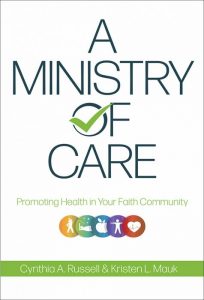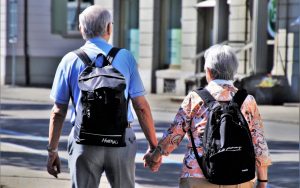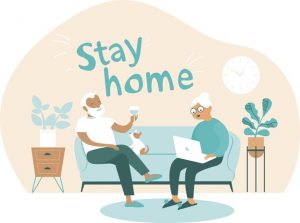Recent news and updates
Interview with Chad Jukes – Mountaineer
IRC’s interview with Chad Jukes. Chad lost his limb while serving in Iraq and now is a prolific mountain climber. Follow his upcoming climb in Ecuador with the Range of Motion Project (ROMP) in July on our social media. Dan Easton, our Social Media Director for IRC, will also be climbing with Chad and the elite ROMP team.




